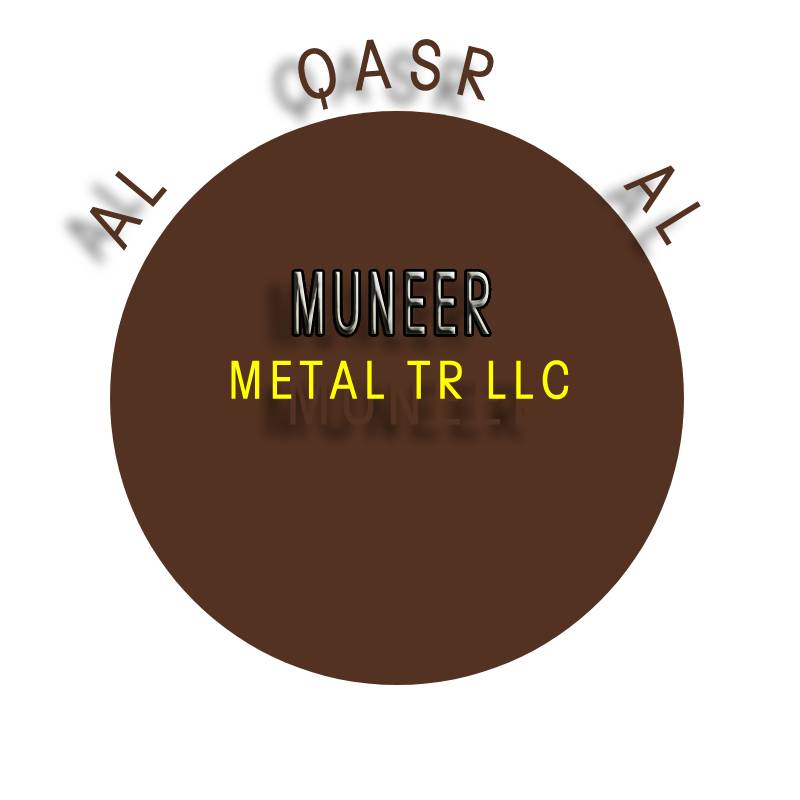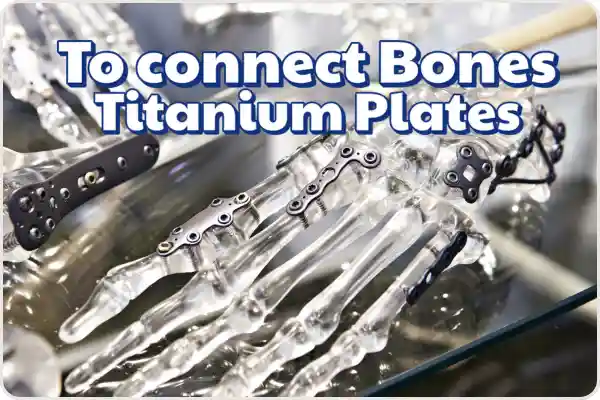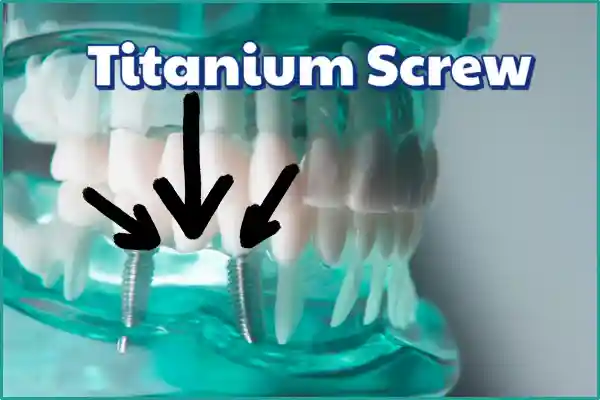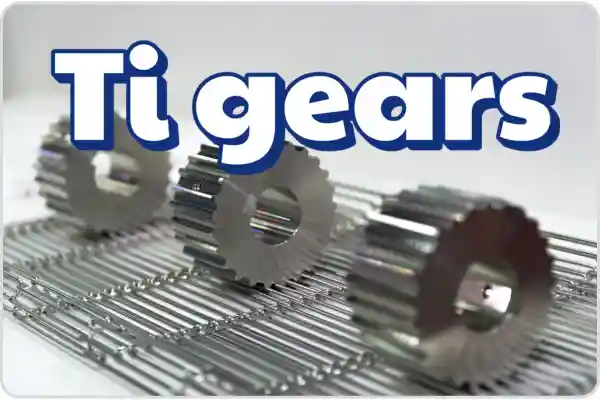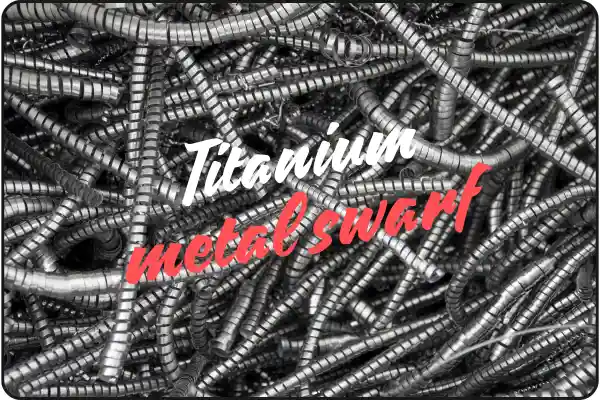Titanium prices: The Miracle Metal in Medicine, Especially for Bone Repair
Titanium is a silvery-gray, strong, lightweight metal known for its corrosion resistance and biocompatibility. Discovered in 1791 and named after the Titans of Greek mythology, titanium has become one of the most important materials in modern industries — from aerospace to architecture.
However, one of its most revolutionary uses lies in the field of medicine, especially in orthopedic surgery and bone repair. Unlike many other metals, titanium is non-toxic, non-allergenic, and does not corrode when exposed to bodily fluids, making it the ideal metal for medical implants.
Its unique ability to bond with human bone through a process called osseointegration has transformed how doctors treat fractures, injuries, and skeletal deformities.
Titanium Prices per Kg (2025 Update)
Metal prices titanium vary based on its form (sponge, ingot, scrap, or finished product), quality, and purity level. In 2025, the global titanium market is stable but slightly affected by supply chain shifts and increased demand in the aerospace and medical sectors.
Metal Titanium price per Kg as of April 2025 in AED
| Type | Titanium Prices (Per Kg) | Description |
|---|---|---|
| Titanium Sponge | AED 23.86 – AED 29.36 | Raw form used for making ingots |
| Titanium Ingot | AED 36.70 – AED 55.05 | Refined, pure titanium ready for manufacturing |
| Titanium Scrap Price Per Kg | AED 7.34 – AED 18.35 | Recyclable material for reprocessing |
| Titanium Rods/Bars | AED 55.05 – AED 91.75 | Used in medical devices and orthopedic implants |
| Titanium Dental Implants | AED 367 – AED 1,468 (each) | Custom-made per patient and treatment |
While titanium is more expensive than steel or aluminum, its performance, lifespan, and medical safety justify the cost titanium — especially when lives and health are involved.
Scrap Titanium Prices per pound Approximate, April 2025)
| Type | Titanium per pound scrap | Description |
|---|---|---|
| Titanium Scrap | AED 1.52 – AED 2.27 | Recyclable material for reprocessing |
Why is Titanium Used in Medicine?
Titanium’s use in medicine has skyrocketed over the last 40 years, especially in orthopedic surgery and dentistry. Its non-reactive nature, mechanical strength, and lightweight structure make it ideal for implants, prosthetics, and bone repair.
Key Medical Properties:
- Biocompatibility: The body does not reject titanium.
- Corrosion resistance: It doesn’t rust or deteriorate in bodily fluids.
- Strength-to-weight ratio: Stronger than steel but lighter.
- Osteointegration: Bonds naturally with human bone tissue.
- Non-magnetic: Safe for MRI scans and other imaging tools.
Main Medical Usages of Titanium (Especially for Bones)
1. Bone Plates and Screws (Fracture Repair)
One of the most common uses of titanium is in fracture repair, where broken bones are stabilized using titanium plates and screws. These devices are surgically fixed to the bones to maintain alignment and promote healing.
🧪 Example:
A person with a broken femur (thigh bone) from a car accident may undergo surgery where a titanium plate is placed over the fractured bone, secured with titanium screws. This hardware keeps the bone aligned and stable, allowing for natural healing.
✅ Titanium’s flexibility allows the bone to bear slight movement — mimicking natural biomechanics — which is crucial for faster recovery.
2. Intramedullary Rods (Long Bone Stabilization)
Intramedullary (IM) rods, also known as titanium nails, are inserted into the central canal of long bones (like the tibia or femur) when fractures occur along the shaft.
These rods act as internal splints and are often used in patients with multiple fractures or those who suffer traumatic injuries.
🧪 Example:
A motorbike accident victim with a shattered tibia (shin bone) might have a titanium IM rod inserted into the bone canal. Over time, the bone heals around the rod, restoring full strength.
✅ Titanium rods are left in place for life in many cases and do not interfere with bodily functions or cause pain.
3. Spinal Implants (Spine Fusion and Correction)
In patients with spinal disorders such as scoliosis, slipped discs, or vertebral fractures, titanium cages, rods, and screws are used for spinal fusion surgeries.
These implants stabilize the spine, correct curvature, and allow the bone to fuse naturally over time.
🧪 Example:
A young adult with severe scoliosis undergoes spinal surgery where titanium rods are fixed along the spine to correct the curve. These rods stay in place permanently, allowing for a straighter and more stable spine.
✅ Because titanium is non-magnetic, it’s safe for post-surgery imaging (MRI/CT scans), unlike other metallic implants.
Other Medical Uses of Titanium
- Dental Implants – Titanium screws replace missing tooth roots.
- Hip and Knee Replacements – Durable and lightweight titanium joints.
- Cranial Plates – Used to repair skull fractures.
- Heart Valve Frames – Titanium is used in artificial heart valves.
- Surgical Tools – Precision instruments like forceps and scalpels.
Benefits Over Other Materials
| Feature | Titanium | Stainless Steel | Ceramic |
|---|---|---|---|
| Biocompatibility | Excellent | Moderate | Good |
| Corrosion Resistance | High | Moderate (may rust) | Excellent |
| Weight | Light | Heavier | Light |
| Strength | Very High | High | Moderate |
| Cost | High | Lower | Moderate to High |
While titanium prices are high but its long-term safety and success rate in the human body make it the gold standard in modern medical science.
Titanium Medical Market in UAE
The UAE imports high-quality titanium products from countries like:
- USA
- Germany
- Japan
- China
These are then used in:
- Government and private hospitals
- Dental and orthopedic clinics
- Medical equipment distributors
Titanium implants and surgical parts are widely available in cities like Dubai, Abu Dhabi, and Sharjah, especially in specialized orthopedic and trauma centers.
Factors Affecting Titanium Prices
Titanium prices are influenced by various dynamic factors. Global demand from aerospace, medical implants, and defense industries significantly drives market trends. The availability of titanium ore, like rutile and ilmenite, also impacts supply levels.
High energy and production costs—due to the complex extraction and refining process—contribute to rising titanium prices. Additionally, geopolitical issues, trade policies, and shipping disruptions can cause supply chain delays, affecting price stability.
Recycling rates of titanium scrap and evolving environmental regulations in key producing nations also play a role. Lastly, fluctuations in currency exchange rates impact international titanium prices, especially in import-heavy markets like the UAE.
Conclusion
Titanium is more than just a high-tech metal — it is a life-changing material that has reshaped the future of modern medicine. From fractured bones to spinal correction and dental implants, titanium’s strength, durability, and compatibility with the human body make it an unmatched choice in medical science.
As medical technology advances and global healthcare systems continue to evolve, titanium will remain at the forefront of innovation — especially in orthopedics, where it literally helps people stand, walk, and move again.
Disclaimer: Titanium prices mentioned are approximate and subject to change based on market conditions, exchange rates, and supplier variations. Always verify current titanium prices before making purchasing decisions.
